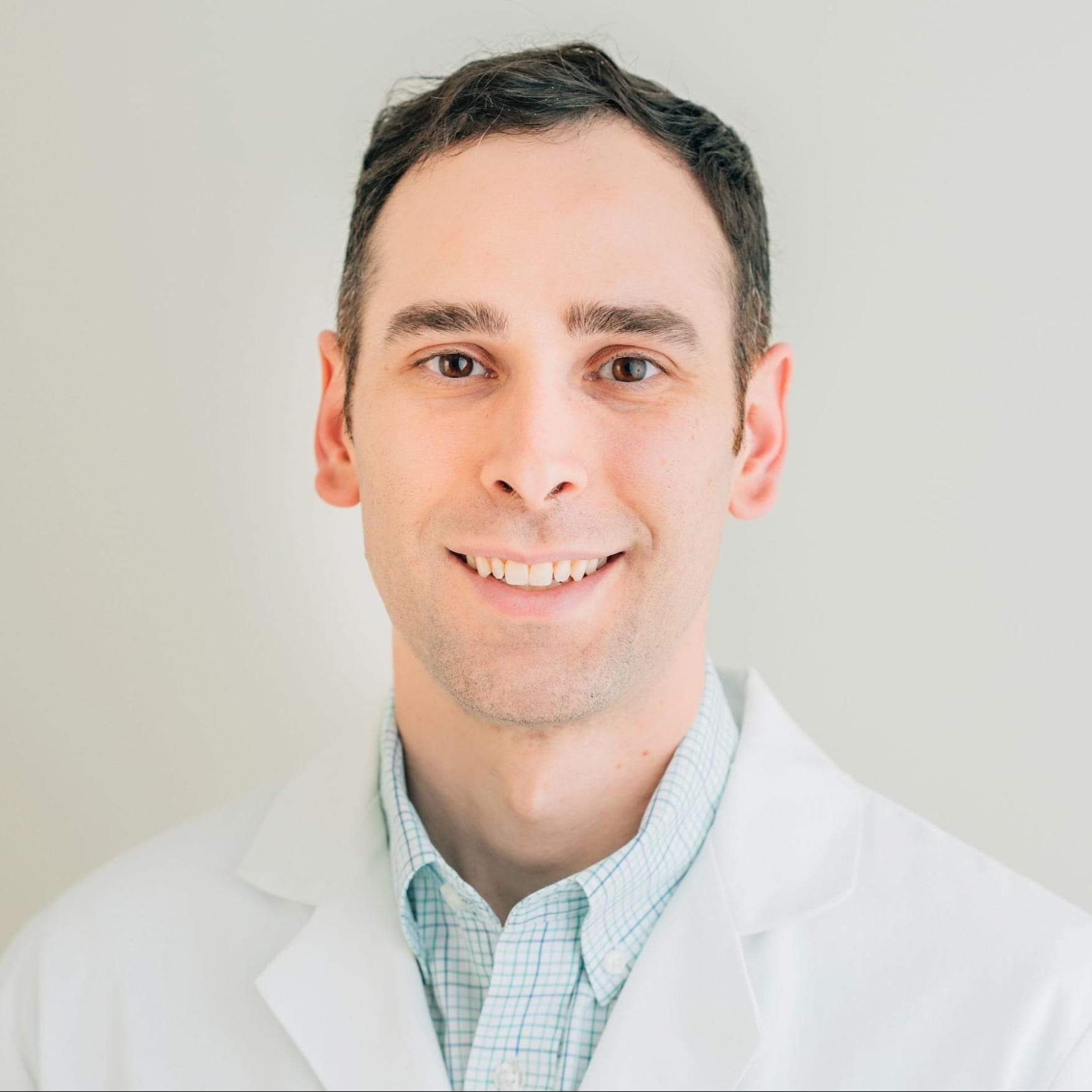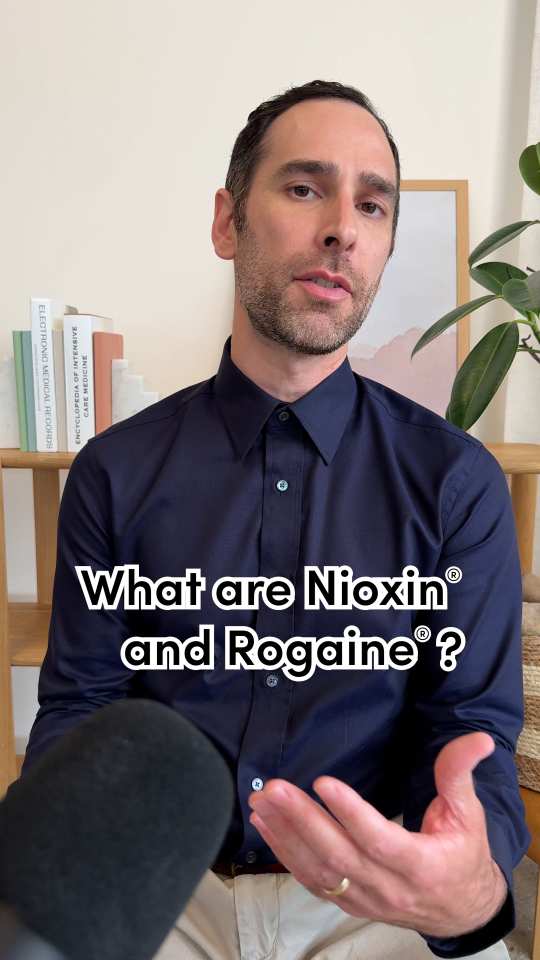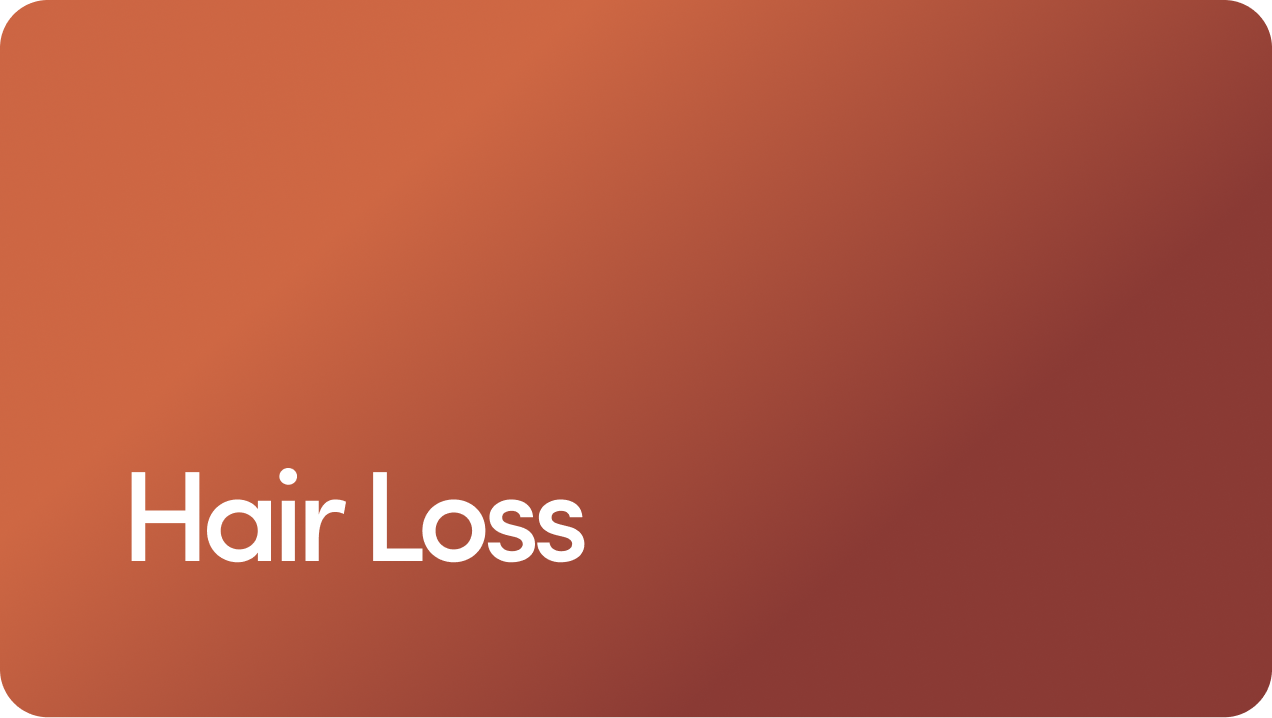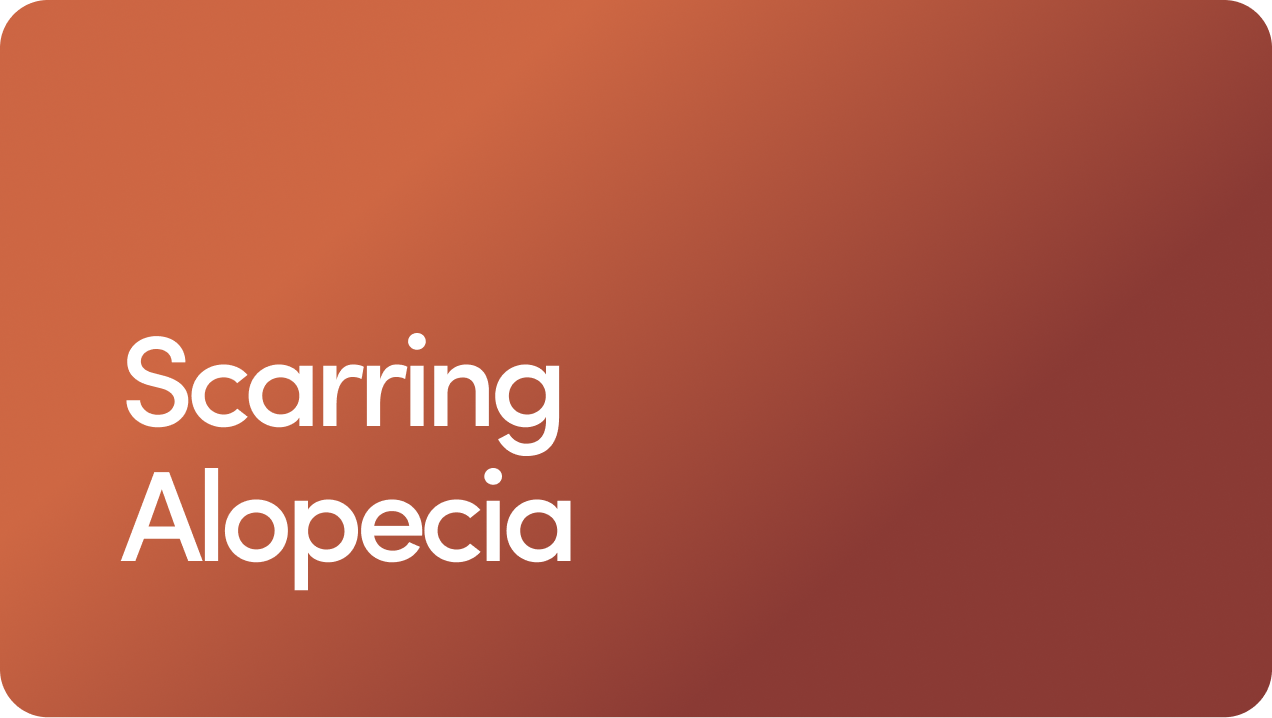Content
Regrow hair in as few as 3-6 months
Nioxin vs. Rogaine: Which is Better for Hair Loss?

Finding the right hair growth treatment can be a challenge. In particular, researching Nioxin® and Rogaine® may lead to confusion — what do these products do, and how can you use them? Is Nioxin good for thinning hair in the same way as Rogaine?
You may not always get the most reliable answers from the internet, but you can always rely on us for the truth.
Below, we’ll answer your questions about Nioxin versus Rogaine and go over the differences in detail so you can confidently choose the best product for treating hair loss.

Content

Rogaine is a brand-name product containing the active ingredient minoxidil. The brand is owned and produced by Johnson & Johnson.
Rogaine may have been the first minoxidil product on the market for treating hair loss, but since its patent expired, other companies are now able to sell generic minoxidil. According to the FDA (Food and Drug Administration), genetic drugs are equal to brand-name alternatives in terms of effectiveness and strength, but they’re often sold at a lower price point.
Nioxin is a haircare company that sells a wide range of products. It used to offer products containing minoxidil, but this line has been discontinued. Now, the brand primarily sells kits that can promise to help you regrow hair or support hair health.
According to Nioxin’s website, it sells four kits for promoting hair regrowth for different hair types. However, all four systems contain the same featured ingredients, so it’s unclear how they actually differ. The ingredients are:
Niacinamide
Wild mint oil
Peppermint oil
So, does Nioxin work? There’s not much evidence to support the claim that these ingredients have any meaningful effect on hair growth in humans.
For example, according to a 2025 narrative review examining caffeine:
“The results of clinical studies published so far seem promising; however, the majority of the studies of caffeine-based hair loss products offer a very low level of evidence due to considerable flaws in study designs.”
In Nioxin’s “Real Results” section of the Nioxin system kits, it says that 85 percent of people noticed thickening in their hair. However, there’s no link to the methodology or information on how this survey was conducted.
Is Nioxin Good for Hair Loss or Thinning Hair?
Nioxin makes products like shampoos, conditioners, deep conditioners, and hair thinning system kits. It doesn’t currently sell minoxidil or finasteride, the only two products FDA-approved for hair loss.
The evidence to support that Nioxin’s current product lines will increase hair growth or reduce hair shedding is lacking. Some products contain ingredients that may support your hair’s overall health, such as oils to help keep it moisturized or caffeine to stimulate blood flow to the scalp.
What Is Minoxidil?
Minoxidil is an active ingredient that was shown to be effective in treating hair loss way back in the ‘80s. Initially, it was approved by the FDA for androgenetic alopecia (male pattern baldness) as a 2% liquid solution. Over time, 5% solution options became available as well.
Now, minoxidil is used to treat various types of hair loss, including:
Androgenic alopecia (male pattern hair loss, a form of genetic hair loss)
Alopecia areata (sudden hair loss)
Baldness induced by chemotherapy
Monilethrix (a rare genetic disorder that causes short, brittle hairs)
There’s a catch, though. Although minoxidil has been shown in numerous clinical studies to combat several types of hair loss, it’s only FDA-approved for one type: male pattern baldness.
While minoxidil’s exact mechanism of action isn’t yet known, researchers believe it works by increasing blood flow to the scalp, encouraging hair follicles to activate and stimulating hair growth.
This also changes the hair growth cycle, extending the growth phase (anagen) and shortening the resting phase (telogen).
Does Rogaine Work?
Numerous clinical trials have shown that minoxidil, including brand-name Rogaine, can be effective in improving male pattern baldness.
For example, a 2004 clinical trial studied minoxidil treatment in almost 1,000 men. Researchers found that minoxidil made the balding area smaller for most participants.
Another important finding is that different concentrations of minoxidil have different levels of effectiveness. For instance, researchers in one study found that a minoxidil 5% solution performed better in men with androgenetic alopecia than the 2% solution and led to quicker results.
That said, how effective minoxidil is varies on a case-by-case basis. For example, minoxidil efficacy for pattern hair loss may differ depending on how severe your thinning is, when you started losing hair, and how you process certain enzymes, namely sulfotransferase.
Probably not much — both are minoxidil topical treatments that can contain comparable amounts of the active ingredient.
Rogaine vs. Nioxin Side Effects
The most common Rogaine side effects are skin irritations, including itchy scalp or scaliness. Minoxidil allergies can occur, but they’re much less common. In this case, you should discontinue any minoxidil hair loss treatment and look for a different solution for hair loss.
Some people may develop other minoxidil side effects, including sexual side effects, but these tend to be rare.
If you have side effects with 5% minoxidil, you may want to consider using a lower dosage of minoxidil, like 2%, as it can still be effective but may cause less scalp irritation.
Potential Nioxin side effects are less clear — the company doesn’t provide a list of possible adverse effects for its products.
The ingredients found in Nioxin hair growth kits are unlikely to cause serious side effects, but it’s plausible that they could cause issues like dandruff or skin irritation for some people.
Alternative Hair Loss Treatments
Although minoxidil is proven effective, other hair loss remedy options like finasteride are also effective.
Herbal supplements and hair products like shampoo may also be popular, but most don’t have research to back their claims like minoxidil and finasteride do.
Here are other types of hair loss products you might want to consider.
Finasteride
The FDA has approved finasteride (generic for Propecia®) for male pattern baldness. Finasteride is an oral medication that may significantly increase scalp coverage and male hair counts.
Finasteride works by blocking the conversion of testosterone to another hormone called dihydrotestosterone (DHT) — and DHT has a big role in causing genetic hair loss.
However, finasteride is only available with a prescription, whereas Rogaine and minoxidil products are over-the-counter hair loss products. You can also get finasteride and minoxidil together (with a Hims prescription, if eligible) for double the power to fight hair loss.
Saw Palmetto
Saw palmetto is an herbal remedy some people use to promote healthy hair to help prevent hair loss. It’s often sold in shampoos and hair serums.
Saw palmetto can help with a medical condition called benign prostatic hyperplasia (an enlarged prostate) without impacting testosterone, which may have made some people think it can also help with hair loss.
There are limited studies showing saw palmetto may be beneficial because it might partially block DHT. While these studies look promising, more research is needed.
Biotin
Biotin is another popular substance used to help stimulate hair growth, as well as nail and skin health.
This B vitamin is found in many foods, like eggs, organ meats, nuts, bananas, soybeans, and other legumes. It can also be taken in supplement form.
However, biotin has only proven effective in helping with hair loss in studies with patients experiencing a biotin deficiency, which is a rare condition in the U.S.
Rogaine contains minoxidil, a generally effective option for treating hair loss, including male pattern baldness. But the exact results vary from individual to individual.
Here’s what to keep in mind when considering Nioxin versus Rogaine:
For thinning hair, a receding hairline, and other signs of androgenic alopecia, topical minoxidil is an effective treatment for regrowing healthy, fuller hair.
Minoxidil scalp treatments promote new hair growth, a healthy scalp, and the thickening of fine hair. They can also improve hair health and resistance to breakage.
Minoxidil solution and topical foam are made by several brands, including Rogaine and Hims.
Minoxidil hair care products, like the common topical solutions, can include different formulations of the medication, so not all minoxidil products are necessarily comparable to Rogaine products.
Current Nioxin products need more research to back their ability to increase hair growth.
If you have a specific medical condition causing hair loss, you may want to consider other options or speak with a medical professional, such as a dermatologist.
Looking for thicker hair, better scalp health, and a win in the fight against hair loss? Think about adding minoxidil to your hair care routine with best-selling hair treatments from Hims.
15 Sources
- American Academy of Dermatology. (n.d.). Hair loss: who gets and causes. https://www.aad.org/public/diseases/hair-loss/causes/18-causes
- Asfour L. (2024). Male androgenetic alopecia. https://www.ncbi.nlm.nih.gov/books/NBK278957/
- Evron E, et al. (2020). Natural hair supplement: friend or foe? Saw palmetto, a systematic review in alopecia. https://www.ncbi.nlm.nih.gov/pmc/articles/PMC7706486/
- Gupta AK, et al. (2021). Finasteride for hair loss: a review. https://doi.org/10.1080/09546634.2021.1959506
- Ho CH, et al. (2024). Androgenetic alopecia. https://www.ncbi.nlm.nih.gov/books/NBK430924/
- Hughes EC, et al. (2024). Telogen effluvium. https://www.ncbi.nlm.nih.gov/books/NBK430848/
- Kinter KJ. (2023). Biochemistry, dihydrotestosterone. https://www.ncbi.nlm.nih.gov/books/NBK557634/
- National Library of Medicine. (2021). Nioxin hair regrowth treatment for women. https://dailymed.nlm.nih.gov/dailymed/fda/fdaDrugXsl.cfm
- Patel P. (2024). Minoxidil. https://www.ncbi.nlm.nih.gov/books/NBK482378/
- Rundegren J. (2004). A one-year observational study with minoxidil 5% solution in Germany: results of independent efficacy evaluation by physicians and patients. https://www.jaad.org/article/S0190-9622(03)03692-2/fulltext
- Sinawe H. (2023). Ketoconazole. https://www.ncbi.nlm.nih.gov/books/NBK559221/
- Sudeep HV, et al. (2023). Oral and topical administration of a standardized saw palmetto oil reduces hair fall and improves the hair growth in androgenetic alopecia subjects – a 16-week randomized, placebo-controlled study. https://pmc.ncbi.nlm.nih.gov/articles/PMC10648974/
- Wessagowit V, et al. (2015). Treatment of male androgenetic alopecia with topical products containing Serenoa repens extract. https://onlinelibrary.wiley.com/doi/abs/10.1111/ajd.12352
- Yanagisawa M, et al. (2019). Long-term (10-year) efficacy of finasteride in 523 Japanese men with androgenetic alopecia. https://www.researchgate.net/publication/337105943_Long-term_10-year_efficacy_of_finasteride_in_523_Japanese_men_with_androgenetic_alopecia
- Zito PM, et al. (2024). Finasteride. https://www.ncbi.nlm.nih.gov/books/NBK513329
Editorial Standards
Hims & Hers has strict sourcing guidelines to ensure our content is accurate and current. We rely on peer-reviewed studies, academic research institutions, and medical associations. We strive to use primary sources and refrain from using tertiary references. See a mistake? Let us know at [email protected]!
This article is for informational purposes only and does not constitute medical advice. The information contained herein is not a substitute for and should never be relied upon for professional medical advice. Always talk to your doctor about the risks and benefits of any treatment. Learn more about our editorial standards here.
Knox Beasley, MD
Education
Bachelor of Science, Life Sciences. United States Military Academy.
Doctor of Medicine. Tulane University School of Medicine
Training
Dermatology Residency. San Antonio Uniformed Services Health Education Consortium
Certifications
Board Certified. American Board of Dermatology
Medical Licenses
Dr. Beasley is licensed in all 50 states
Affiliations & Memberships
Fellow, American Academy of Dermatology
Specialties & Areas of Focus
Hair Loss, Dermatology
Years of Experience
10 years of clinical practice as a Dermatologist
Previous Work Experience
Medical Director - YouHealth Medical Groups, 2025–
Private practice, 2024–
Chief of Dermatology - , 2015–2019
Publications
Wilson, L. M., Beasley, K. J., Sorrells, T. C., & Johnson, V. V. (2017). Congenital neurocristic cutaneous hamartoma with poliosis: A case report. Journal of cutaneous pathology, 44(11), 974–977.
Banta, J., Beasley, K., Kobayashi, T., & Rohena, L. (2016). Encephalocraniocutaneous lipomatosis (Haberland syndrome): A mild case with bilateral cutaneous and ocular involvement. JAAD case reports, 2(2), 150–152.
Patterson, A. T., Beasley, K. J., & Kobayashi, T. T. (2016). Fibroelastolytic papulosis: histopathologic confirmation of disease spectrum variants in a single case. Journal of cutaneous pathology, 43(2), 142–147.
Beasley, K., Panach, K., & Dominguez, A. R. (2016). Disseminated Candida tropicalis presenting with Ecthyma-Gangrenosum-like Lesions. Dermatology online journal, 22(1), 13030/qt7vg4n68j.
Kimes, K., Beasley, K., & Dalton, S. R. (2015). Eruptive milia and comedones during treatment with dovitinib. Dermatology online journal, 21(9), 13030/qt8kw141mb.
Miladi, A., Thomas, B. C., Beasley, K., & Meyerle, J. (2015). Angioimmunoblastic t-cell lymphoma presenting as purpura fulminans. Cutis, 95(2), 113–115.
Beasley K, Dai JM, Brown P, Lenz B, Hivnor CM. (2013). Ablative Fractional Versus Nonablative Fractional Lasers – Where Are We and How Do We Compare Differing Products?. Curr Dermatol Rep, 2, 135–143.
Siami P, Beasley K, Woolen S, Zahn J. (2012). A retrospective study evaluating the efficacy and tolerability of intra-abdominal once-yearly histrelin acetate subcutaneous implant in patients with advanced prostate cancer. UroToday Int J, June 5(3), art 26.
Siami P, Beasley K. (2012). Dutasteride with As-Needed Tamsulosin in Men at Risk of Benign Prostate Hypertrophy Progression. UroToday Int J, Feb 5(1), art 93. https://www.urotoday.com/volume-5-2012/vol-5-issue-1/48691-dutasteride-with-as-needed-tamsulosin-in-men-at-risk-of-benign-prostatic-hypertrophy-progression.html
Why I Practice Medicine
Dr. Beasley began doing telemedicine while serving in the U.S. Army, providing dermatologic care for soldiers stationed around the world. This experience sparked his passion for telemedicine and inspired his commitment to expanding access to healthcare for patients across the United States.
Hobbies & Interests
In his free time, Dr. Beasley enjoys cooking, reading, and trips to the beach with his wife and two kids (with sunscreen of course).
Related Articles
Related Conditions
 Hair Loss
Hair Loss
 Male Pattern Baldness
Male Pattern Baldness
 Dandruff
Dandruff
 Scarring Alopecia
Scarring Alopecia
 Seborrheic Dermatitis
Seborrheic Dermatitis
